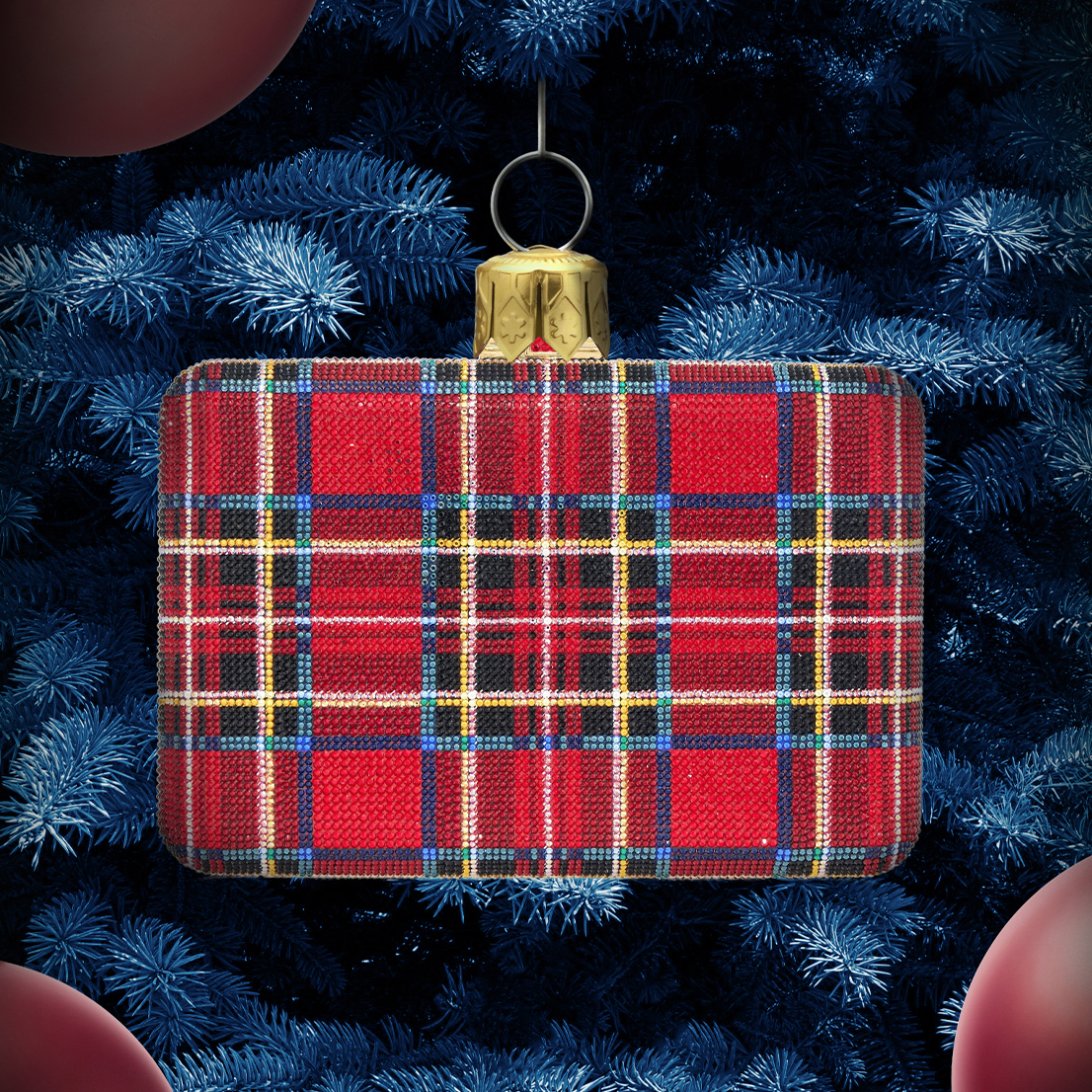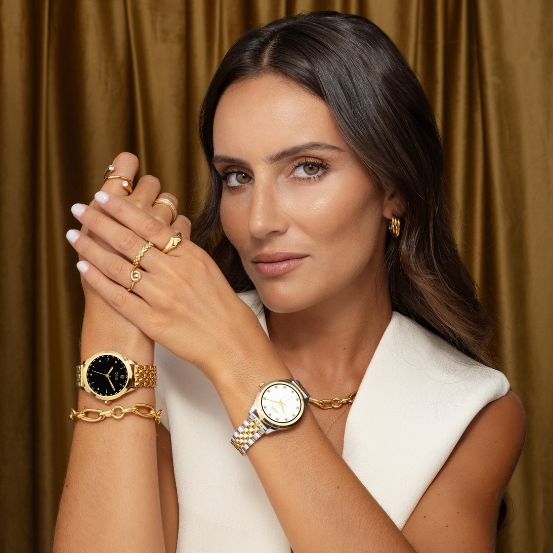The Kitsch Issue
In her book What the Band Wore, writer Alice Harris looks back at the intersection of music and fashion, worlds that are both parallel and perpendicular. Through extensive analysis, Harris confirms: stars are made both in front of the spotlight and between the seams.
The great musical artists all have something that is challenging to describe. It's not their voice. It's not the way they dance. It's not their ability to write music. There is a je ne sais quoi that is impossible to capture in words. Part of this indescribable factor is illustrated in their clothes. Fashion serves as an element that extends musical art to a mythological status. What would David Bowie be without Kansai Yamamoto's pants? What would Cher be without Bob Mackie? The clothes these legends wore are the ink with which the history of music is written. Fascinated by this connection, Alice Harris dissects what lies at its heart in What the Band Wore. Through methodical analysis, the renowned American writer tells a captivating story. From the collarless suits of the Beatles to the eclectic chaos of No Doubt, Harris embarks on a journey that, under the pretext of linking music to fashion, summarizes the culture of the second half of the 20th century. Harris is not a distant narrator; the historical events she discusses are told in the first person. In addition to her personal testimonies, What the Band Wore also features some of the biggest stars of the 20th century, such as Elton John and Donna Summer. In an interview with Vogue Portugal, Harris shares his exciting project.
What motivated the What the Band Wore project? What a band wears on stage has always excited me as much as the music they play. My passion for fashion motivated me to compile all my favorite looks and understand how these stars build their aesthetic. The way they present themselves to the public is so important and it's a topic I've been wanting to focus on for some time. How have these musical talents used fashion to create their characters on stage? And how does the fashion of one decade affect the next?
Before this project, your analysis focused on the most iconic pieces of fashion, such as the white t-shirt and jeans. What do you think is the most important piece of clothing in the history of 20th century music? Honestly, I feel that both T-shirts and jeans were the most important pieces of clothing in 20th century music. Both pieces, jeans and t-shirts of all kinds, from simple to band tees, remain essential parts of any 21st century music closet. They are iconic pieces, eternal classics in the endless parade of music and fashion history. They are as much a part of music culture as the songs themselves.
In addition to the chronicles you write about the history of music and fashion, What the Band Wore is an impressive photographic catalog. What was the process of selecting and editing these images like? Selecting and editing photographs for the book was an extremely laborious process in which I was very involved. We looked at thousands of photographs and ended up choosing the ones that hadn't been seen, or at least not seen as much. We wanted to give our readers a new perspective on the artists they are so familiar with. And, of course, to show these performers in their most basic form.
What were the criteria for the bands and artists featured in each decade? It wasn't very scientific! We chose the bands we liked the most, the celebrities we felt a connection with, who we wanted to honor. But we ended up with a good sample from each decade, in order to give the reader a realistic view of the biggest trends of the decades we analyzed.
The book covers the intersection of music and fashion from the 60s to the 90s. Do you have a favorite decade? It's no secret that I love the 70s! They were full of style, individuality and shock in terms of what the artists wore on stage. It was as if the party never stopped on stage in this decade.
In the introduction to What the Band Wore, Little Richard in the 1950s is selected as the starting point for the analysis, but the Beatles in the 1960s are the first group to be analyzed. Can we anticipate an analysis of the first half of the 20th century? The music industry changed radically in the 1960s, both in the music itself and in the way we dressed. I decided to start my analysis from this decade because it was when England invaded the music world and celebrities all dressed up in clothes from the famous London stores - Granny Takes a Trip, Biba, Mary Quant and many others. It was this environment that established a number of fashion talents. It was the beginning of the British invasion of fashion and music. For me, this was one of the first moments when we could see the intersection between the two clearly. I don't think I'll ever do anything similar for the other half of the 20th century, it doesn't interest me in the same way.
Who would you say is the most important designer for understanding fashion in the music industry? There are so many designers involved in the music industry in a substantial way, but this is my list (in no particular order): Bob Mackie, Vivienne Westwood, Thierry Mugler, Jean Paul Gaultier, and all the designers in the East Village in New York who dressed Madonna (like Maripol, Prudence and Pilar, Andre Walker) and all the fabulous stores on Kings Road in London.
Throughout the book you've accumulated some excellent comments from some of the world's most famous musicians. Are there any that stand out? They're all fantastic in different ways. That's what makes the book so dynamic! As a lover of the 70s, I was very moved by artists like Elton John, Donna Summer or Ruth Pointer, all of whom have now become close friends.
Fashion is a continuous cycle that evolves with each new generation of artists. Who would you say are the artists of today who will have an impact on fashion? I think the most inspiring and who use fashion most effectively are: Post Malone, Lil Nas X, Jack Harlow, Harry Styles, Selena Gomez, BTS, Dua Lipa, Rihanna and ASAP Rocky, Maneskin.
Translated from the original in The Kitsch Issue, published February 2024. Full stories and credits in the print version.
Relacionados
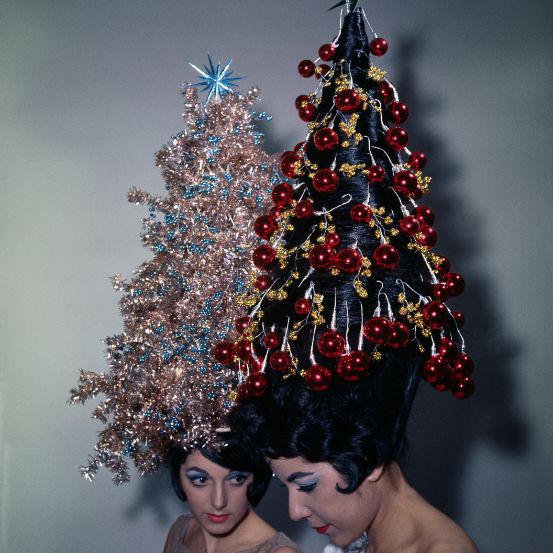



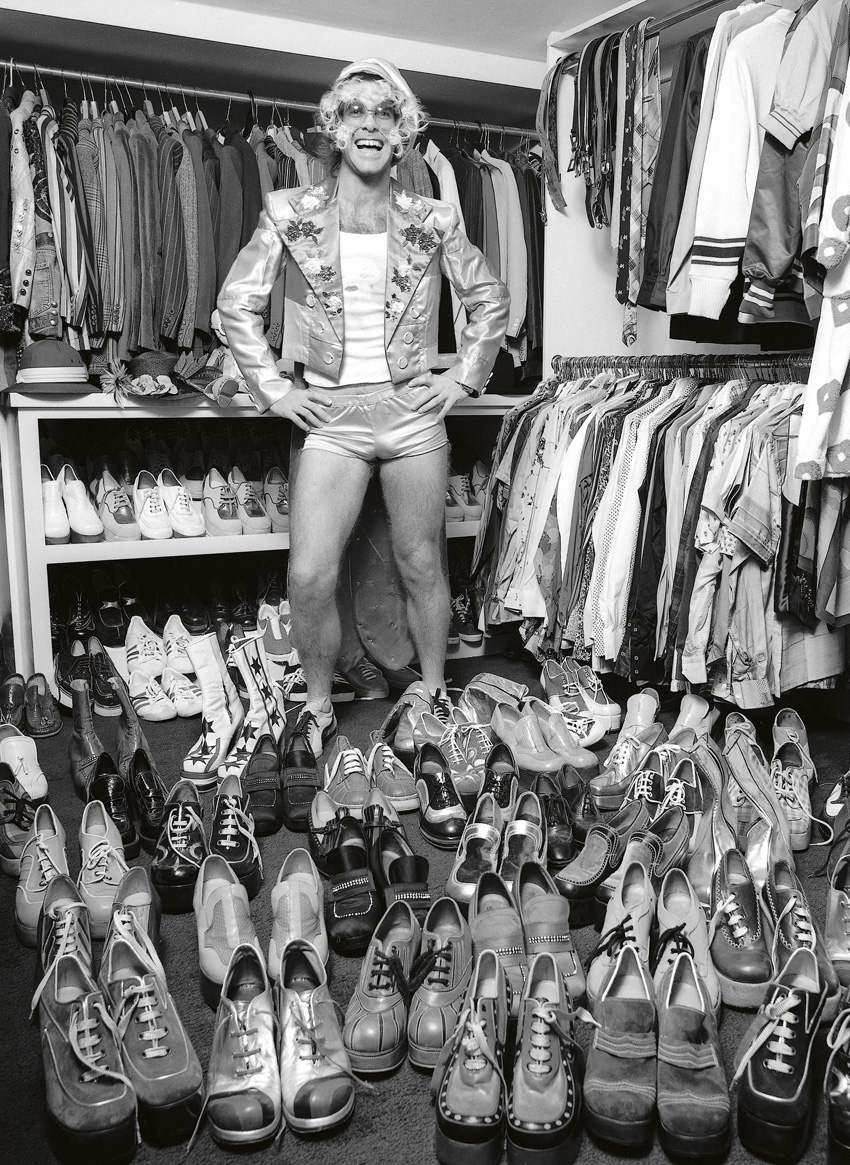
.jpg)
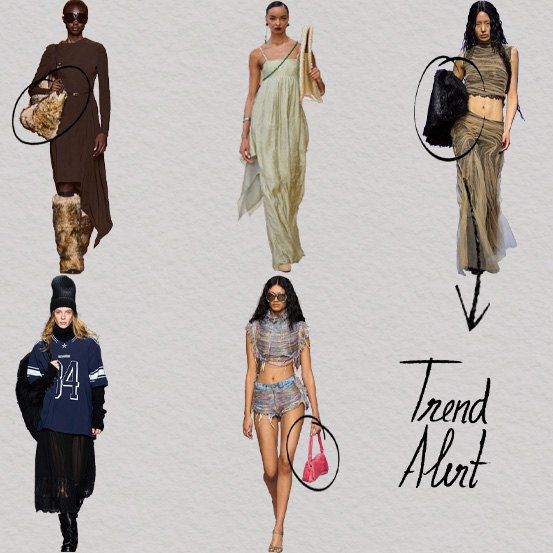
.jpg)
